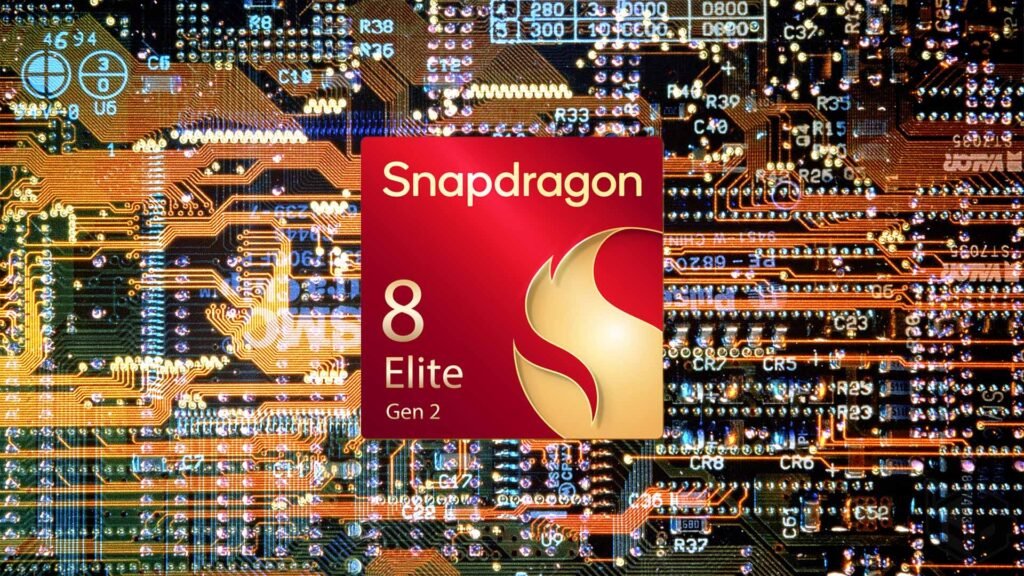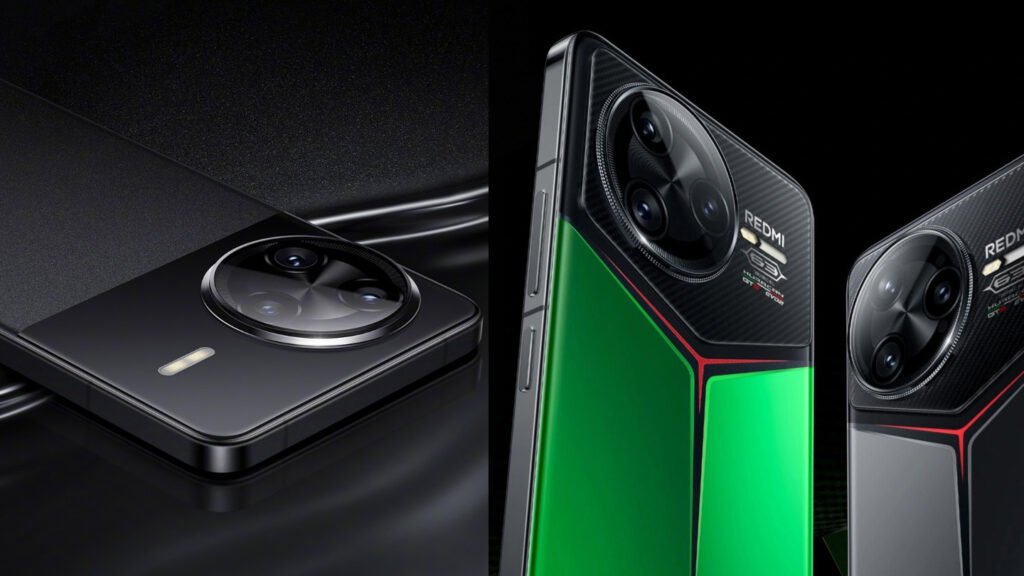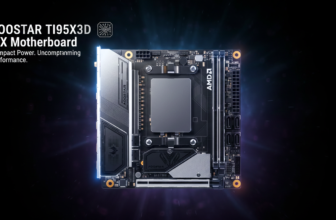Qualcomm’s Snapdragon 8 Elite was launched as a premium chipset built on TSMC’s second-generation 3nm process and featuring in-house Oryon CPU cores. Designed to compete with Apple’s silicon, it brought significant improvements in both performance and power efficiency. However, the high production cost meant it was reserved for flagship devices where manufacturers could justify the added expense.

With the Snapdragon 8 Elite Gen 2 scheduled for release on September 23, Qualcomm plans to keep the current Snapdragon 8 Elite in production. This decision gives manufacturers the option to use last year’s high-end silicon in midrange smartphones, potentially lowering costs and expanding availability. According to a report from MyDrivers, Xiaomi is preparing to launch the Redmi K90 series with this chipset. The device, listed under model number 2510DRK44C and codenamed “Annibale,” is expected to start at 2,500 yuan, which converts to around $348.

The Redmi K90 could appeal to buyers looking for strong performance at a lower price point. This approach is similar to Apple’s strategy of using previous-generation processors in mid-tier products, allowing them to deliver balanced performance without using the latest hardware. However, achieving a sub-$350 price tag with a premium chipset will likely require cost-cutting in other areas. Midrange phones often reduce expenses by using lower-grade displays, simpler camera systems, or plastic builds instead of glass or metal.
The use of the Snapdragon 8 Elite in the Redmi K90 may also indicate Qualcomm’s plan to offer discounts on the chipset to clear existing inventory. This could lead to more manufacturers adopting the processor in new midrange models rather than only flagship devices. For consumers, this means more affordable options with near-flagship performance.
Details about the Redmi K90’s full specifications, launch date, and regional pricing have not been confirmed. Xiaomi is expected to share more information closer to the official release. If successful, the Redmi K90 could set a new benchmark for performance in its price segment while helping Qualcomm extend the lifecycle of its high-end silicon.







